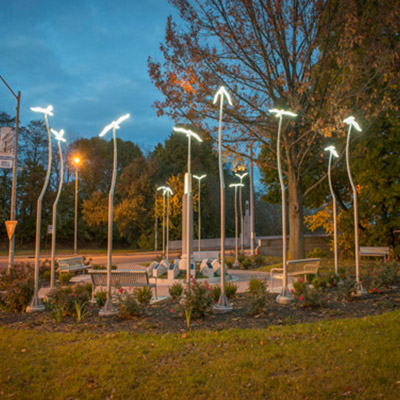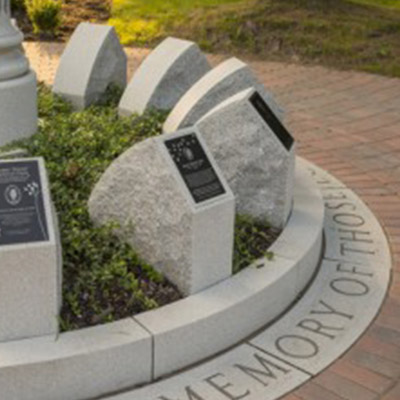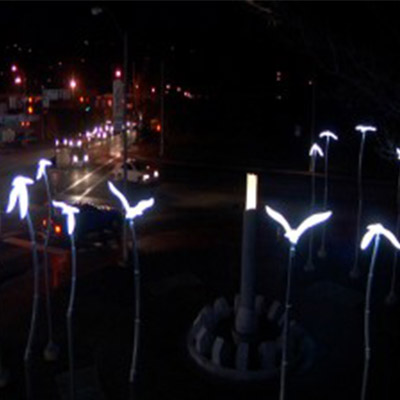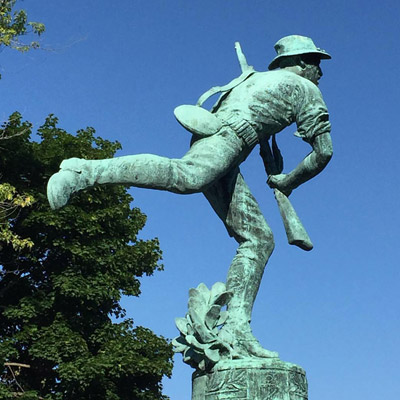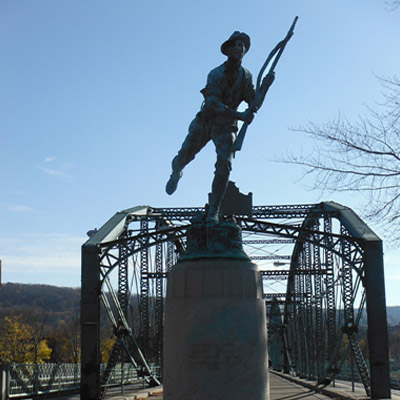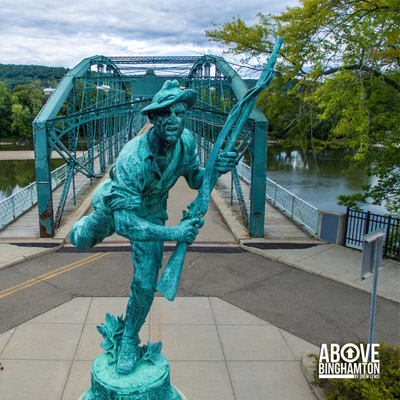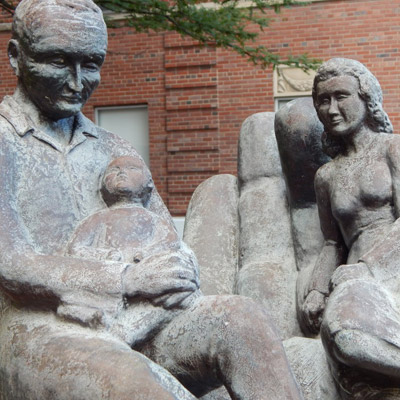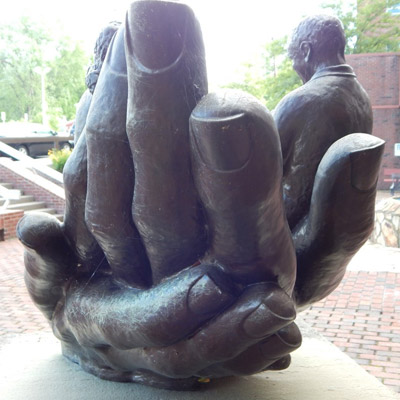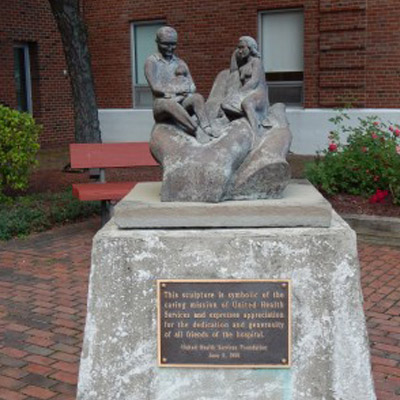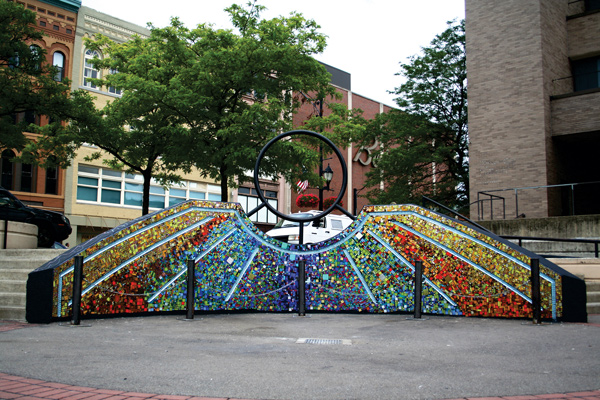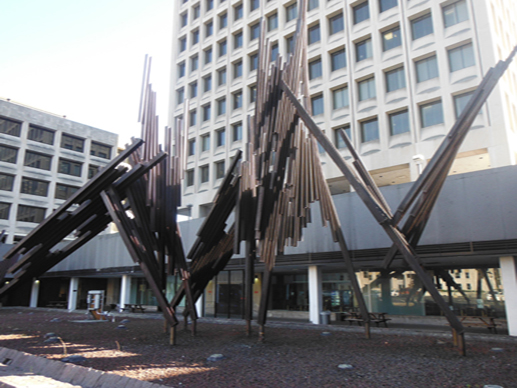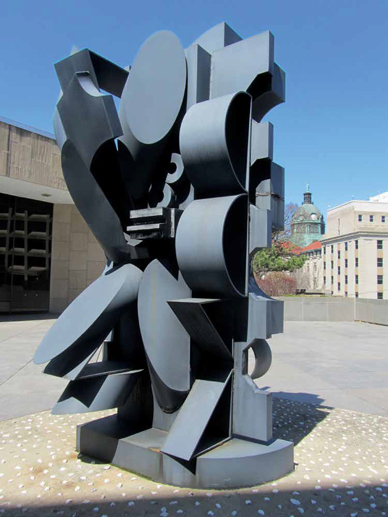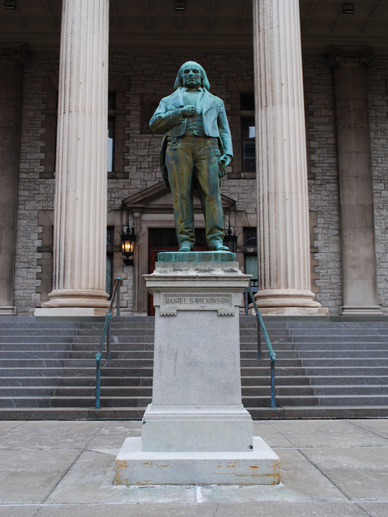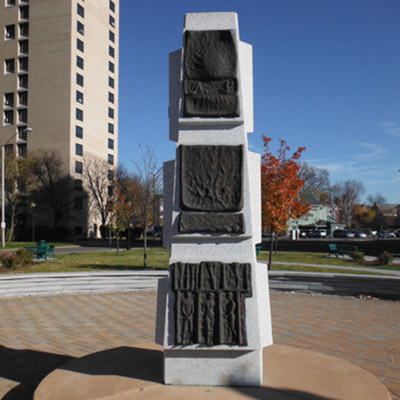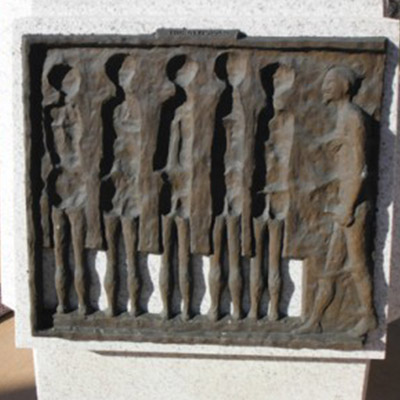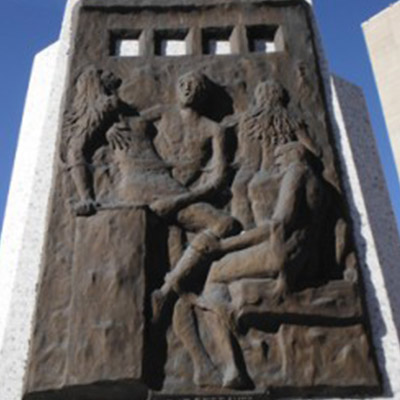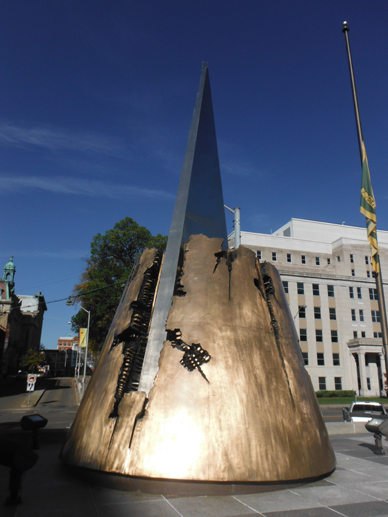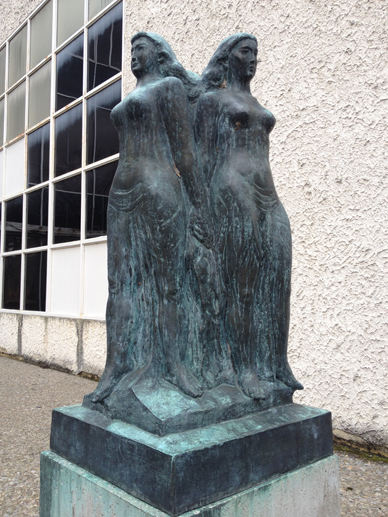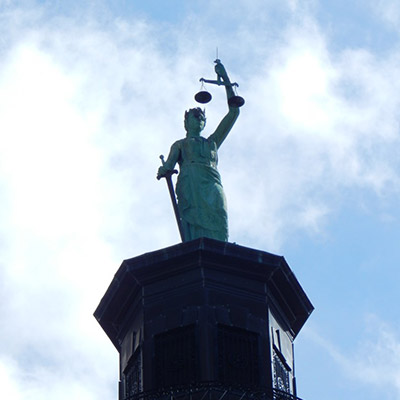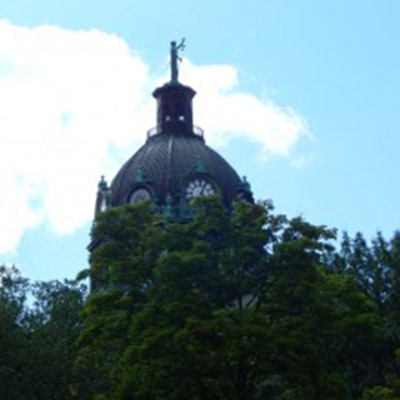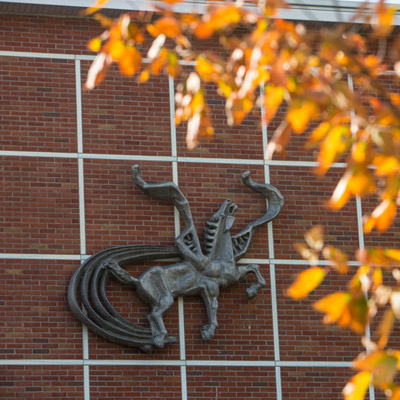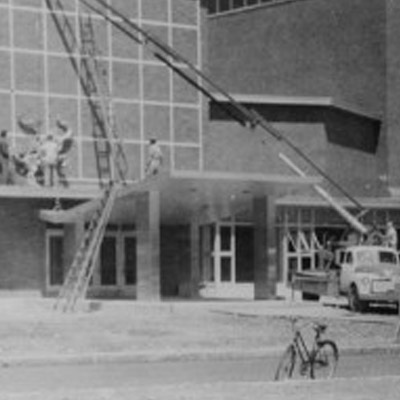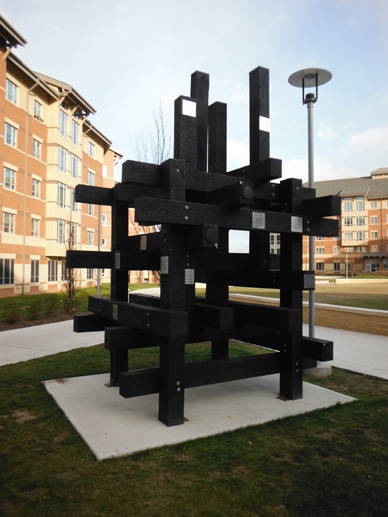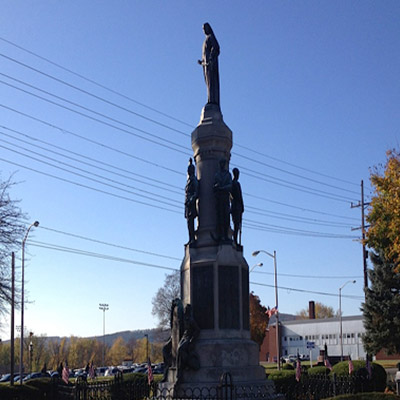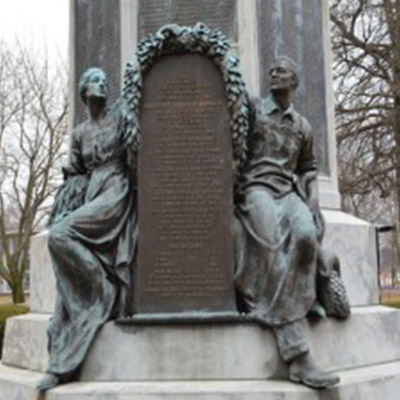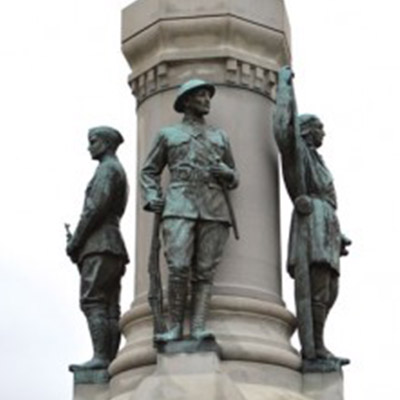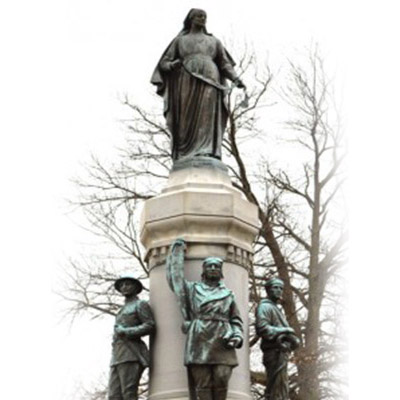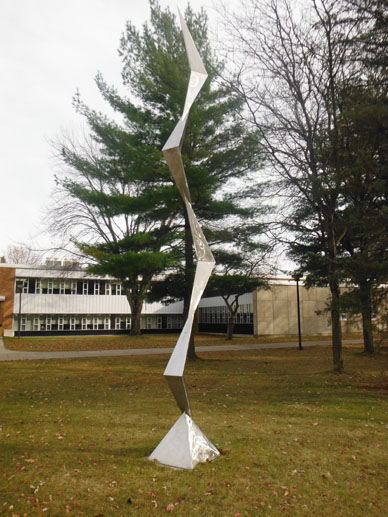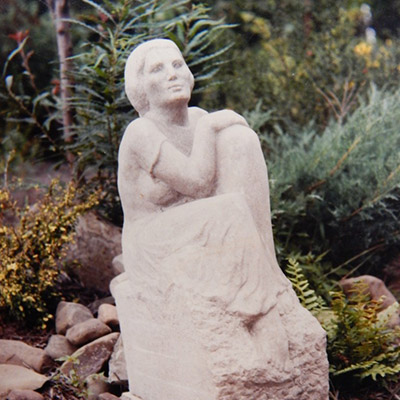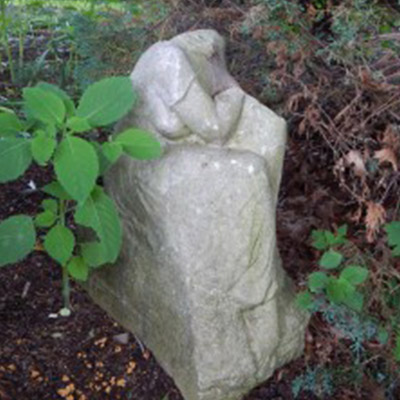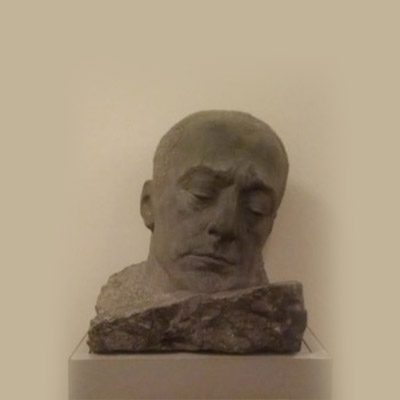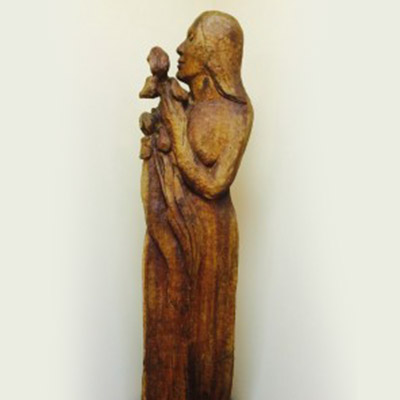Reviewed by Nancy McKenzie Oliveri
Last Thursday (Jan. 31), nearly 1,200 people came to Binghamton University to see the Pipes, Drums and Highland Dancers of the Black Watch 3rd Battalion, and the Band of the Scots Guards. Throughout the night, the crowd was brought to its feet, and to tears. Repeatedly.
Still a fully operational battalion of the British army, the Black Watch won its reputation as a fighting force at the Battle of Ticonderoga during the French and Indian War in 1759. But on the stage of the Anderson Center’s Osterhout Concert Theater, the kilted soldiers in plumed bonnets and spats won something else: the hearts and minds of every person in the house.
The Band of the Scots Guards, a big brass marching band of about 30 men AND women in great black bear bonnets, was equally impressive. The Scots Guard goes back even farther than the Black Watch, to 1642, with some fighting as recently as the first Gulf War.
At any given time, there were between six and 66 musicians on the stage, some of whom who had fought alongside Americans in Iraq and Afghanistan.
In a sweep of red plaid and black wool, the musicians marched with bagpipes, drums, cymbals and conventional wind instruments. The sound produced was, by turns, ethereal and heroic; the choreography, seamless.
The compelling, victorious noise of that many performing on these wonderful instruments all at once clearly spoke to the soul of every wannabe “Braveheart” Scot in the hall.
The program, just over two hours long, including the break, moved along nicely with narrated segues and included an appearance by a Marine Honor Guard, loudly and gratefully cheered.
While the Marines remained on stage, the companies played the national anthems of the UK and the USA, God Save the Queen and The Star-Spangled Banner with the Marines exiting to the final notes and even louder cheers by the crowd.
To reflect the title of the show, British Isles of Wonder, the groups performed pieces from Ireland including The Steamboat and The High Road to Gairloch. From there, they moved to England’s Pomp and Circumstance and Jerusalem, then off to Wales for The Welsh Welcome and By Kell’s Water. For Scotland, they played A Scottish Fantasy and The Piper O’ Dundee, but the company brought down the house with a powerful version of Amazing Grace that was not limited to bagpipes. When the bagpipes finally swelled at the end of this rendition, however, the audience stood in rapt appreciation.
But these weren’t the only tunes. A broad swath of songs, from Celtic folk to classical, moored the audience with the familiar, and anchored it long enough to ensure attention to a piece with an almost Latin or Afro-pop percussive beat. The twirling, tasseled drumsticks added a great visual complement, and toes were tapping. I think this was part of the Drummers Call/Salute, but it was a little too dark for me to see the program until the lights came up. Of course, it was certainly evocative of the British Isles, but the similarity to those other musical genres was, to me, striking.
A note about The Highland Dancers of the Black Watch: These four gentlemen, outfitted in modified regalia, jigged to the beat of the drums while leaping over crossed swords, arms aloft. Fun to watch, but basic dance is taught as a discipline to every recruit for coordination and strength. character and resolve.
Close to the end of the performance, the American veterans in the audience were invited to stand during their military branch anthems: The Caisson Song, Anchors Aweigh, Off We Go Into the Wild Blue Yonder and The Marine Hymn (The Halls of Montezuma). Seeing some of the older vets stand up to be recognized so many years after their service was a confirmation of American strength, character and resolve, and that was moving. It was a beautiful tribute from our friends across the pond.


